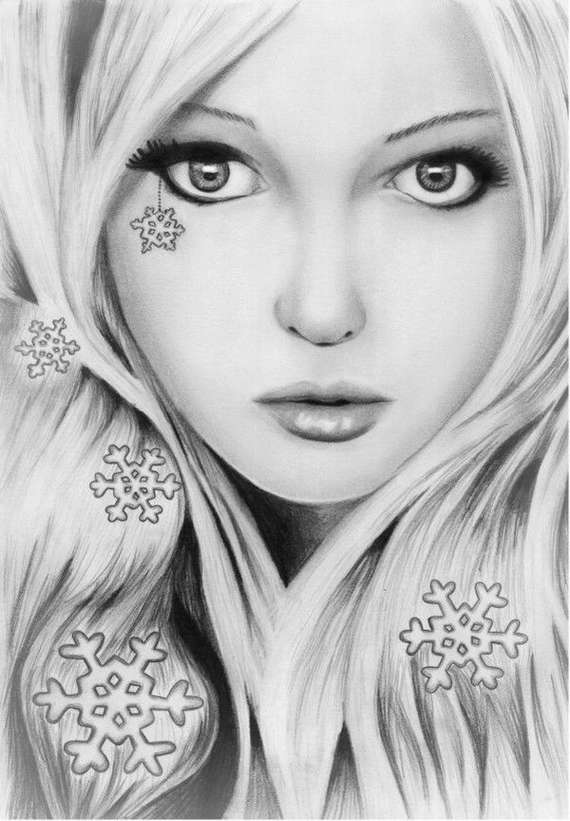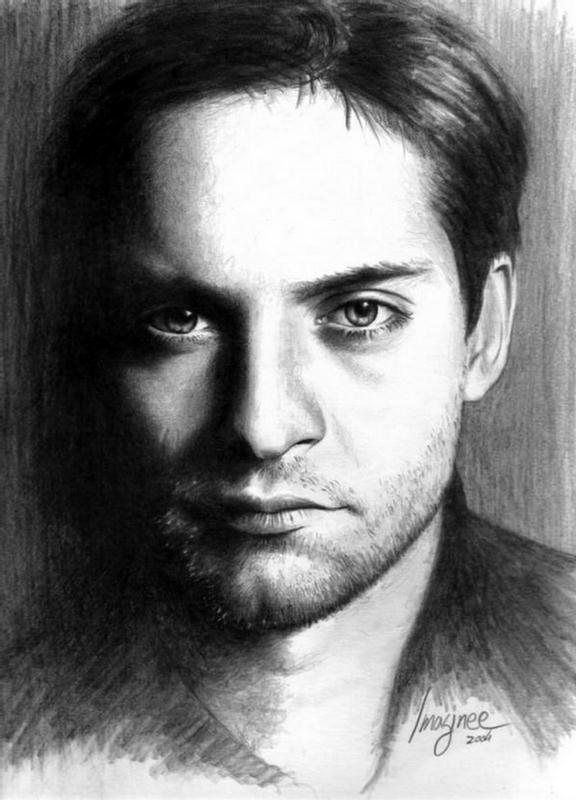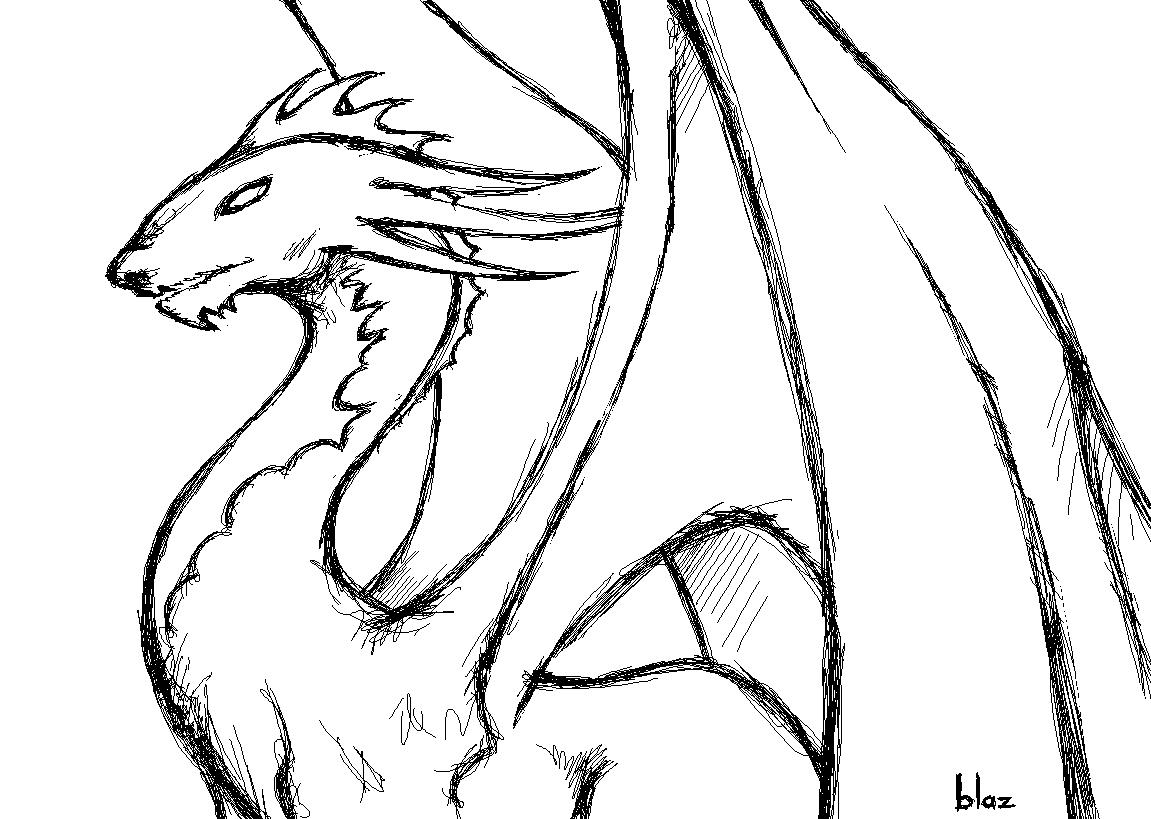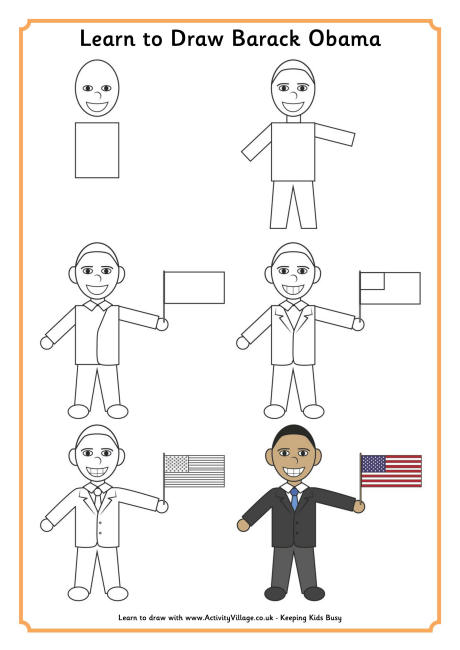Cool easy drawings
Table of Contents
Table of Contents
If you’re interested in the world of art, you understand the joy and fulfillment that comes from creating beautiful drawings. However, many people struggle with the process of how to drawings. Whether it’s because they’re intimidated by the process or because they’re unsure of where to start, it’s a common pain point for beginners and experienced artists alike.
For those struggling with how to drawings, it’s important to remember that everyone has to start somewhere. Whether you’re looking to draw simple sketches or more complex pieces, there are a few key tips and techniques that can help you hone your skills and create the drawings you’ve always imagined.
The first step in learning how to drawings is to commit to the process. While it may be intimidating at first, it’s important to practice regularly and not be afraid of making mistakes. With time and practice, you’ll develop your skills and start to see improvement in your drawings.
To start, it’s helpful to choose a specific area of focus for your drawings. Whether it’s cartoon characters, landscapes, or still life scenes, having a clear direction can make the process feel less overwhelming. Additionally, it’s important to gather the necessary materials, including sketching pencils, erasers, and paper.
When learning how to drawings, it’s also important to study the work of others. Whether it’s pencil drawings from famous artists or tutorials from online resources, studying the techniques and styles of others can help you improve your own work.
Getting Started with Simple Sketches
One of the best ways to start honing your drawing skills is by working on simple sketches. Start by drawing basic shapes and lines, such as circles, squares, and triangles. Then, use these shapes as the building blocks for more complex drawings.
When sketching, it’s important to pay attention to details, such as shading and proportion. Use light and dark shading to create depth and dimension in your drawings, and take the time to carefully consider the proportions of the objects or characters you’re drawing.
Taking Your Drawings to the Next Level
Once you’ve mastered the basics of drawing, it’s time to start taking your skills to the next level. This can involve experimenting with different techniques or styles, or challenging yourself with more complex subject matter.
For those looking to take their drawings to the next level, it can be helpful to connect with other artists, either through online communities or in-person classes or workshops. This can provide helpful feedback and inspiration as you continue to develop your skills.
Mastering Pencil Drawing Techniques
When it comes to pencil drawing techniques, there are many different approaches you can take. Some artists like to use a cross-hatching technique, which involves criss-crossing lines to create depth and texture, while others prefer a more blended approach, using smooth shading to create a more realistic effect.
Regardless of the technique you choose, it’s important to take the time to practice and experiment with different approaches. This can help you find the techniques that work best for your style and desired outcome.
Exploring the World of Digital Drawing
In recent years, digital drawing has become an increasingly popular way for artists to create beautiful and intricate pieces. With the use of graphic tablets and digital art software, artists can create drawings that are more detailed and precise than ever before.
If you’re interested in exploring the world of digital drawing, it’s important to start by investing in the right tools. This can include a high-quality drawing tablet and software that allows for easy editing and manipulation of images.
Question and Answer
Q: What are some key tips for improving my drawing skills?
A: Practice regularly, focus on a specific area of interest, and study the work of other artists to gather inspiration and techniques.
Q: What materials do I need to get started with drawing?
A: You’ll need basic supplies like sketching pencils, erasers, and paper.
Q: How can I improve my shading techniques when drawing?
A: Experiment with different shading techniques like cross-hatching or blended shading, and take the time to carefully consider the light source and angle of the object or character you’re drawing.
Q: Can I still learn how to draw if I’m not naturally artistic?
A: Absolutely! Drawing is a skill that can be learned with practice and dedication, regardless of your natural artistic ability.
Conclusion of how to drawings
Learning how to drawings may seem intimidating at first, but with practice and dedication, anyone can develop their skills and create beautiful pieces of art. By focusing on specific areas of interest, studying the work of other artists, and investing in the right tools and materials, you can start on your own journey toward becoming a skilled and confident artist.
Gallery
Drawings Of People

Photo Credit by: bing.com / drawings pencil drawing sketch cool girl beautiful realistic lapiz sketches sketching awesome dibujos amazing adults con human great very portraits
How To Draw A Hippo - Really Easy Drawing Tutorial | Easy Drawings

Photo Credit by: bing.com / draw kids drawing easy drawings step choose board learn beginners
Step-by-step Drawing Lessons | Step By Step Drawing, Drawing Lessons

Photo Credit by: bing.com / draw drawing step animals farm sheep learn drawings cartoon lessons cartoons board easy sketches funny kids choose
Amazing Pencil Drawings

Photo Credit by: bing.com / pencil drawings amazing labels
Cool Easy Drawings - Cliparts.co

Photo Credit by: bing.com / drawing drawings easy cool pencil dragon clipart yub draw wallpapers backgrounds nice cliparts wallpaper comments attribution forget link don





